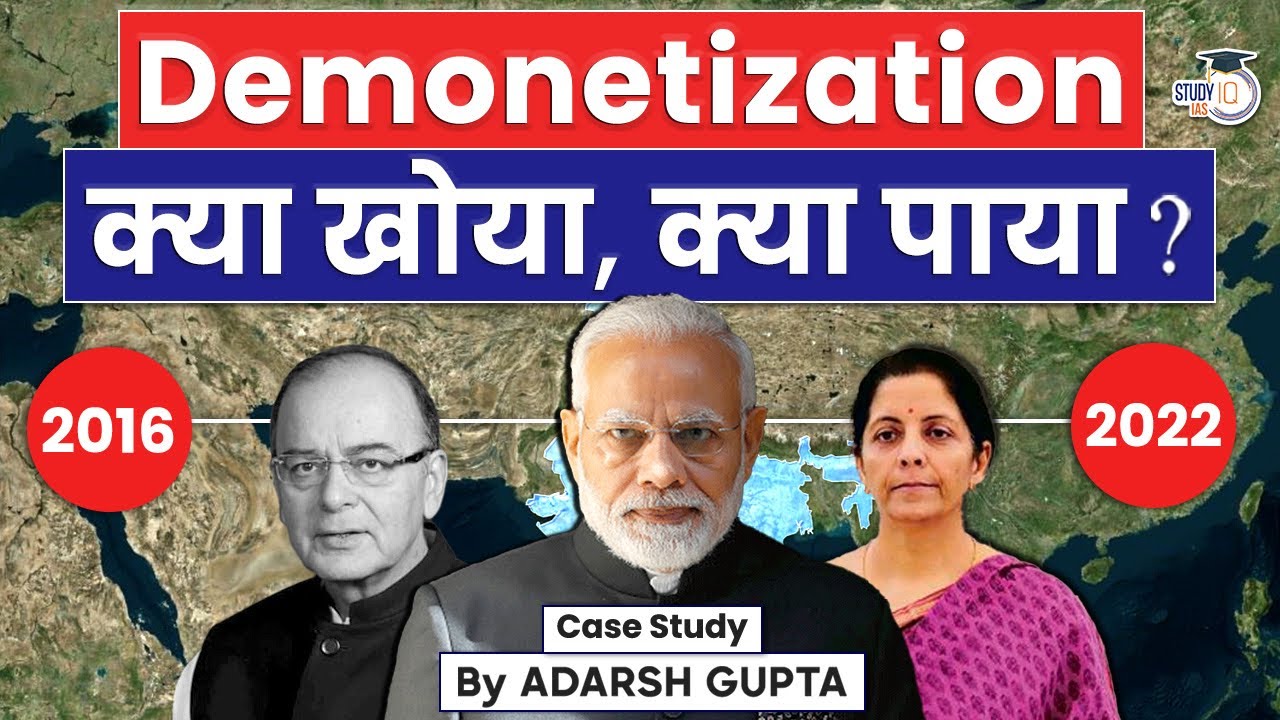What is Money? - Financial Literacy for Teens!
Summary
TLDRThis video script delves into the concept of money, exploring its importance by imagining a world without it and how it facilitates transactions. It introduces 'purchasing power' as the value money represents and outlines the six characteristics that define what can be considered money. The script also touches on alternative economic systems like bartering and gift economies, highlighting the universality and trustworthiness of money in modern society.
Takeaways
- 💡 Money is a medium of exchange that can take various forms, including physical cash, digital data, or even traded goods.
- 🌐 Imagining a world without money highlights the importance of a medium to facilitate trade and services.
- 🎁 The 'gift economy' is a historical method of exchange based on trust and reciprocity within communities.
- 🔄 Bartering is an ancient practice of direct exchange of goods or services, which modern trade still echoes.
- 🔒 Trust is a crucial element in a gift economy, but it can be challenging to maintain in large, impersonal communities.
- 🤔 Bartering can be inefficient if the desired goods for trade are not readily available or if complex chains of exchange are needed.
- 💼 Money solves issues of trust and efficiency by providing a universally accepted and immediate means of exchange.
- 💰 The term 'purchasing power' refers to the amount of goods or services one can acquire with a certain amount of money.
- 📏 For something to be considered money, it must meet six criteria: durability, portability, divisibility, uniformity, limited supply, and wide acceptance.
- 🏦 The uniformity of money ensures that the same form of currency holds the same value regardless of who possesses it.
- 🚫 The limited supply of money is essential to maintain its value; counterfeiting and excessive printing can devalue the currency.
- 🕰 As technology evolves, the forms of money that meet these criteria change, reflecting the dynamic nature of financial systems.
Q & A
What is the primary purpose of money according to the video script?
-The primary purpose of money is to solve the issues of trust and complexity in exchanges, as it is both a universally accepted and trusted medium of exchange.
How does the script describe the concept of 'purchasing power'?
-Purchasing power is defined as the amount of goods or services one can buy with a certain amount of money, highlighting the capacity of money to be exchanged for goods and services.
What are the two alternative methods to money mentioned in the script for obtaining goods or services?
-The two alternative methods mentioned are a 'gift economy', where goods and services are given as a favor with the expectation of reciprocity in the future, and 'bartering', which involves trading one good or service for another.
Why might a gift economy be considered unrealistic by some?
-A gift economy might be considered unrealistic because it relies heavily on trust, which can be difficult to establish and maintain in large communities where not everyone is known to each other.
How does bartering address the issue of needing a specific item for exchange?
-Bartering allows for the exchange of goods and services without needing a specific item. However, it can become complicated if the desired item is not readily available and one must find someone who has it and is willing to trade.
What are the six characteristics that something must have to be considered as money?
-The six characteristics are durability, portability, divisibility, uniformity, limited supply, and being widely accepted and trusted as a payment method.
Why is durability important for money?
-Durability is important because money needs to last over time as it is passed from one person to another, ensuring its continued use and acceptance.
How does portability relate to the practicality of money?
-Portability ensures that money can be easily carried around and used wherever it is needed, making transactions convenient and efficient.
What does the script imply about the uniformity of money?
-Uniformity implies that the same form of money has the same purchasing power for everyone, ensuring fairness and consistency in transactions.
Why is a limited supply of money significant?
-A limited supply of money is significant because it maintains the value of the currency. If too much money is in circulation, it can lead to inflation and devaluation.
How does the script suggest that the concept of money has evolved over time?
-The script suggests that as the world and technology have evolved, different items that meet the criteria of money have been used, indicating a dynamic and adaptable concept of money.
Outlines

此内容仅限付费用户访问。 请升级后访问。
立即升级Mindmap

此内容仅限付费用户访问。 请升级后访问。
立即升级Keywords

此内容仅限付费用户访问。 请升级后访问。
立即升级Highlights

此内容仅限付费用户访问。 请升级后访问。
立即升级Transcripts

此内容仅限付费用户访问。 请升级后访问。
立即升级浏览更多相关视频

What is Blockchain?

1b Peranan Uang dalam Perekonomian

Was Demonetization a Disaster? 2016-2022 | UPSC Mains GS3

Hawala Bazar | FATF | Black Money | Tax Heaven Country | Money Laundering | Gray List | Black List

Apa Itu Uang, Fungsi Asli dan Turunan Uang Pelajaran Ekonomi Kelas 10 SMA

Stop Overthinking: Alan Watts on the Power of Silence
5.0 / 5 (0 votes)
